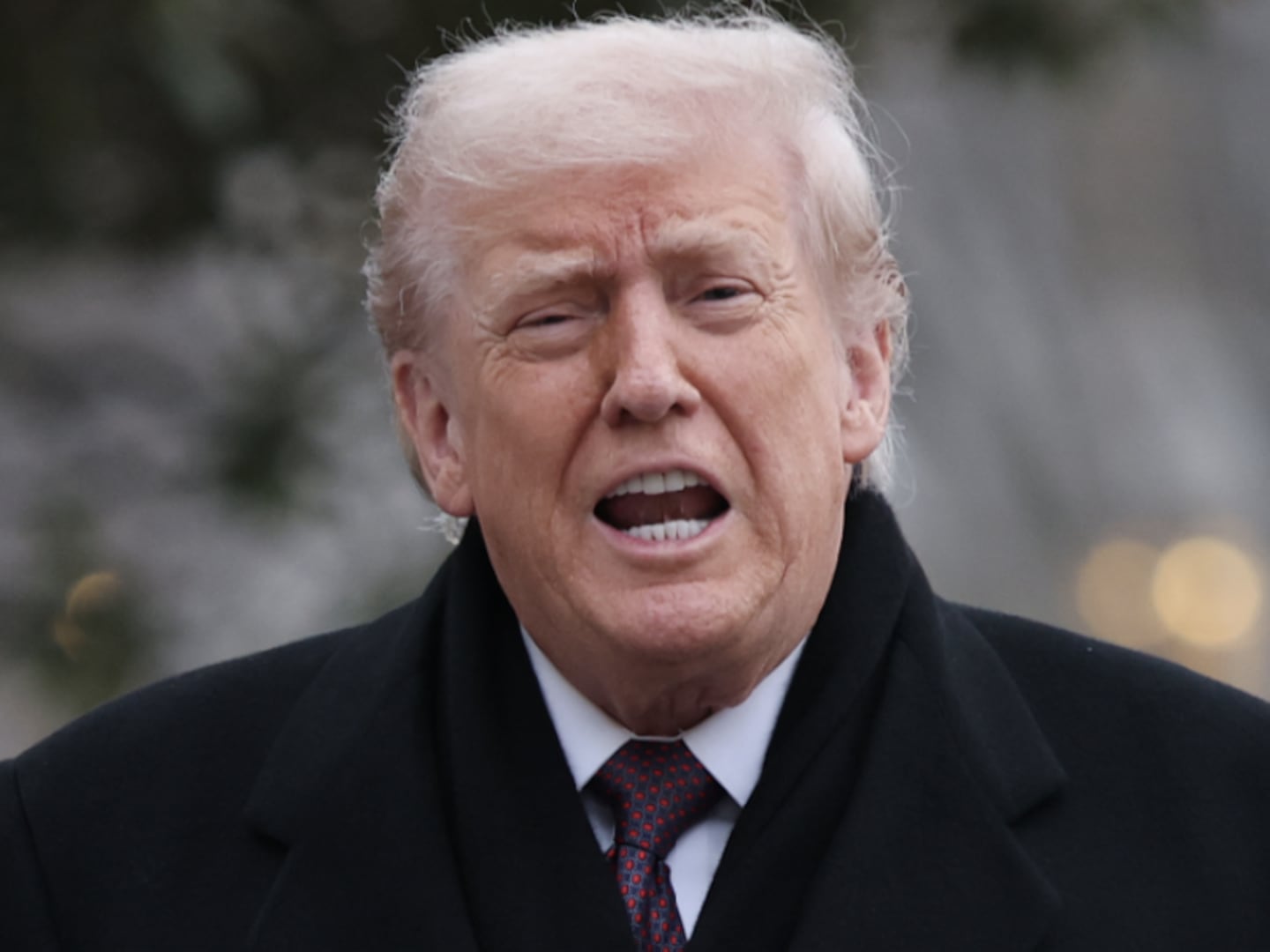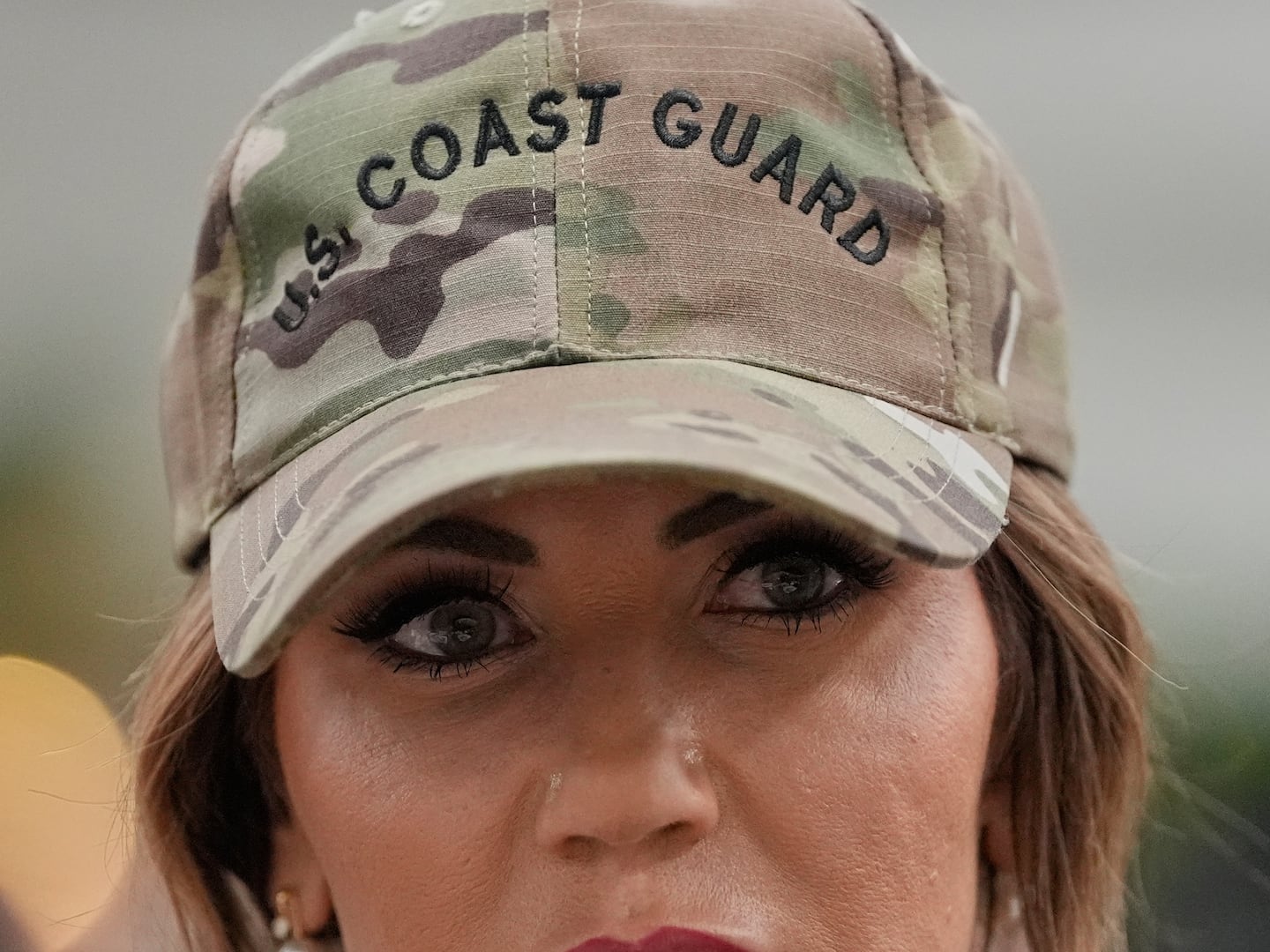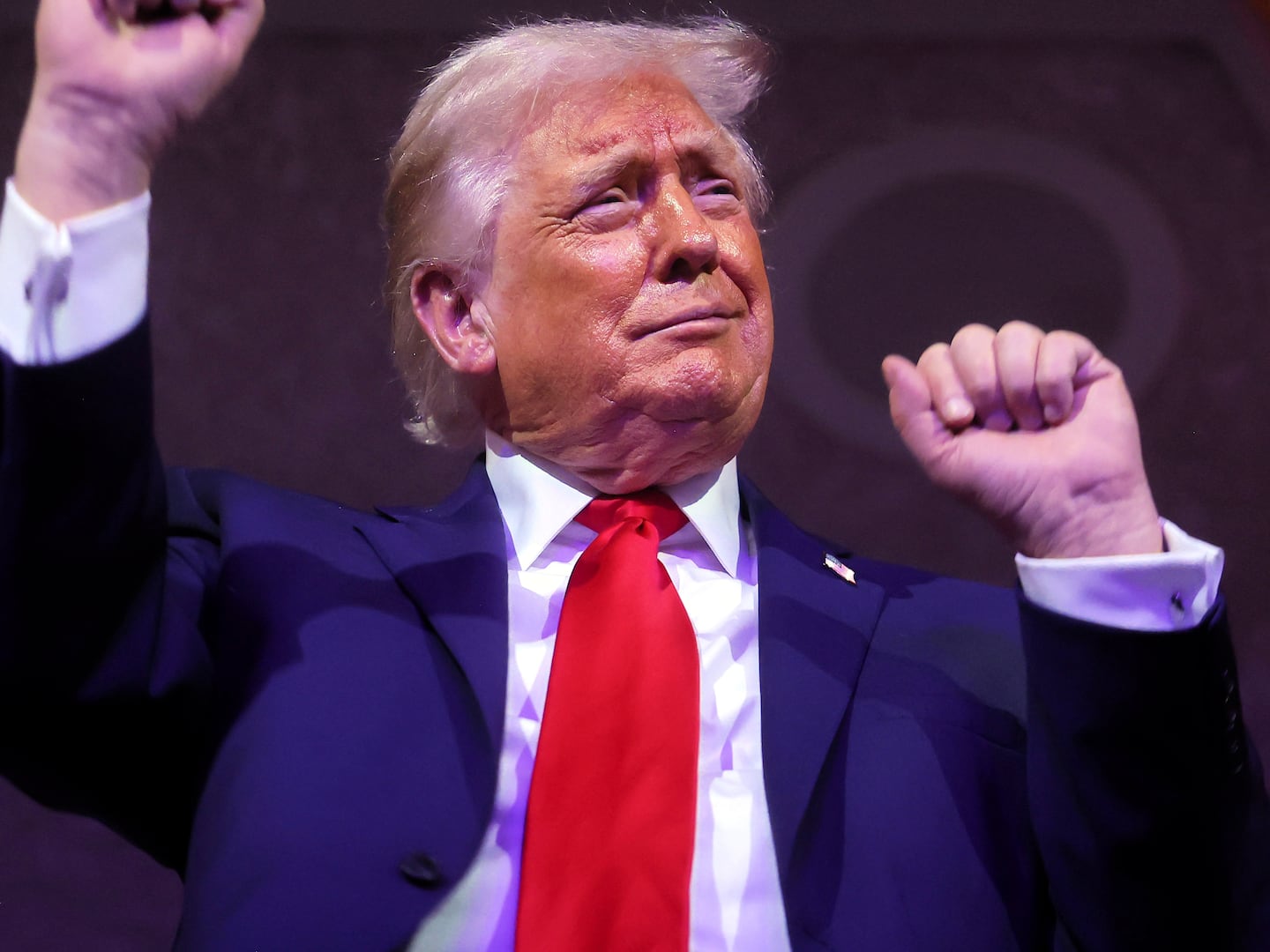The financial crisis of 2008 is frequently attributed to problems with “the banks,” but Citibank was in far worse shape than its big-bank peers. Parent company Citigroup had a market value of $20 billion in early 2019 but was backed by more than $500 billion in taxpayer money through a long list of agencies and programs with names like TARP, TSLF, and FHLB.
Why in the world would the Federal Reserve, FDIC, and other regulators pump so much federal money into a company that even before the financial crisis was less than half the size of Microsoft, Walmart, AT&T, or Procter & Gamble? Why bail out Citibank at enormous cost instead of winding it down as the FDIC has done with thousands of banks over the last century?
“If you’re looking for the explanation for why America couldn’t live without Citi, you won’t find it,” says James Freeman, an assistant editor on the editorial page of The Wall Street Journal. “There was a judgment—an instinct—by the regulators to take that action, and we’ll never get to run the other experiment. The more useful question to ask is, how we got into the situation.”
Freeman and Vern McKinley, a George Washington University Law School visiting scholar, are co-authors of the new book Borrowed Time: Two Centuries of Booms, Busts and Bailouts at Citi, a 206-year history of Citi that finds the bank strongest during the periods when the federal government wasn’t providing it a financial backstop.
Freeman and McKinley sat down with The Daily Beast to talk about their conservative case for letting insolvent banks—from the smallest community banks to the biggest national banks—fail when they become insolvent.
When did City Bank with a “Y” become Citibank with an “I”?
Vern McKinley: In 1976, the company rebranded to Citibank. If you go all the way back to the beginning, it was City Bank, and then National City Bank, and then a few other names over the years. The new name was a modernization for a company that had been around since 1812.
How different does Citibank look today than it did in 1976?
McKinley: There have been a lot of technological changes since 1976. There were no ATMs then, and a credit card transaction involved somebody at the store making a telephone call to determine there was credit available for the transaction. That was at the very beginning of the automation on the consumer side of the bank.
One very interesting thing you note in the book is that banks were able to grow internationally before they were able to operate multiple branches in the United States. What was the reason for that?
James Freeman: The limits on branching go way back to an era when the bank was a single branch. Over time, the regulation of branching left open a greater possibility for branching overseas.
McKinley: Especially in New York, the banks didn’t want the competition. I worked in Texas in the ’80s, and there were a lot of institutions that failed in Texas during that time. The theory of allowing banks to have branches in many different areas was to diversify across those regional differences.
Big banks like Citibank and Bank of America were too big to fail in 2008, but they’re nowhere near the market value of companies like Apple and Amazon. What would you consider the best measure for how big is too big for a financial firm?
Freeman: We don’t have an opinion on the size of banks. For roughly the last century, the banking business has been protected by Washington and has enjoyed various forms of government backstops. The problem with “too big to fail” wasn’t that a particular-sized bank was problematic; it was the government’s support and the perception among regulators that certain institutions are special and have to be protected from failure.
McKinley: A good example of that is JP Morgan. Money was leaving Citi and going to JP Morgan, which made it through the 2008 financial crisis with a strong balance sheet. Jamie Dimon, who was chairman of JP Morgan during the crisis, had previously been at Citi and may have been able to get Citi through the crisis had he not fallen out with Sandy Weill, who was running Citi at that time.
If regulators considered those banks too big to fail, though, the first part of that is that the banks were too big. Was Citi big enough to present a risk to the banking system and the economy if regulators had allowed it to fail?
Freeman: The book is a history of Citi through periods of stability and instability. What you see is that the bank was much stronger during periods when it did not have a federal backstop. What is the true source of systemic risk? Isn’t it, in part, the government’s support for a large bank? When we look at the bank in the second half of the 19th century, which at that time was called National City, it was a highly capitalized bank. It was an island of stability when other institutions were having trouble.
McKinley: You seem to be moving toward the idea that we should break up institutions when they get to be a certain size, but my question would be, who makes the decision? It would presumably be the Fed or the OCC or the FDIC, but how well positioned are they to make the call that a bank is too big? We show in the book that they’re not even very good at the job they have now, which is to supervise these institutions and monitor their risk.
During the 2008 financial crisis, Citi was in much worse shape than the other banks. Should the regulators have wound Citi down?
McKinley: If the question is whether Citi should have been allowed to fail, I think that’s the case. The Fed and others make these arguments about system risk, but the records we’ve been able to get finds the reasoning to be wildly speculative about what would happen if one or more of these institutions had been allowed to fail.
Some of that depends on what “fail” means. Winding the company down would have been a much different outcome than Tim Geithner’s proposal to break off some of the failing parts into a “bad bank” and put in all new leadership at the “good bank.”
McKinley: That’s right. What we talk about in the book is the idea that a bridge bank would be under government control and get rid of the bad management, which the regulators did with IndyMac Bank during the crisis. The bridge bank worked in that case, but there was a question of whether it would have worked for a much larger bank like Citibank.
In a big economic downturn where a lot of companies suffered together, is there good evidence that TARP worked the way it was supposed to? The banks and automakers got immediately liquidity and paid it back over time when they got back on their feet?
Freeman: We focus on the earlier period because we’re trying to answer the question of how to avoid getting to the moment of crisis where there are very few options. One possible answer is to make clear over time that there won’t be a safety net for these large organizations. When you look at the earlier age of Citibank from the Panic of 1837 until the creation of the Federal Reserve Bank in 1913, Citi was a strong, independent institution. Even as it becomes the largest bank in the country in the 1890s, it was a strong institution without a federal backstop with a lot of capital and every incentive in the world to manage its risks.
McKinley: And then it morphed into an institution that stumbles every 20 or 30 years and runs to the government for a bailout.
Is FDIC the main reason we don’t have panics—bank runs—anymore?
McKinley: We still have runs on banks. There was a run on Citi in 2008. There were runs on Wachovia and Washington Mutual. Many of those runs are by depositors who have money in those banks above the insured limit, but IndyMac Bank had a run that was largely FDIC insured deposits.
Do you think the Dodd-Frank Act makes it less likely that we would have a situation like 2008 again?
Freeman: I view it as largely a continuation of earlier policy. Dodd-Frank codified a lot of the policies used in the 2008 bailouts.
McKinley: In a crisis, the regulatory framework gets thrown out the window. In 2008, you had TARP that bailed out the banks and the Federal Housing Finance Agency bailing out Fannie Mae and Freddie Mac. When you have a crisis, you get ill-advised new laws that codify the bailouts, so the history is that the regulators will change the rules mid-crisis to facilitate a bailout despite what Dodd-Frank says.
The Dodd-Frank Act, at the least, gives the regulators a mechanism to wind a bank down. Should the banks should view that as at least a warning shot?
Freeman: We had a codified mechanism in 2008 to wind down Citi, and Sheila Bair at the FDIC wanted to take a look at winding down Citi. The response from Tim Geithner [then head of the Federal Reserve Bank of New York] and Hank Paulson [then Treasury Secretary] was that shutting down Citi wasn’t an option. They had the tools to wind down Citi then.
Which goes back to the question of system risk. Would shutting Citi down have been a bigger hit to the economy than bailing it out?
McKinley: There was a lot of overblown rhetoric that people’s cards wouldn’t work at the ATMs and the country would grind to a halt like Egypt, and there wasn’t a lot of rational analysis behind that. That rhetoric was mostly in support of going ahead with bailing out the banks.
In the ’70s, regulators wound down a bank called Franklin National. Why do you characterize that in the book as a bailout?
McKinley: Some of the uninsured depositors were not made whole on their FDIC insurance, and the FDIC ended up taking the hit in that case.
And you think the better public policy would have been to wipe out those depositors above what the FDIC insured?
Freeman: You’re not wiping them out. If the government fulfills its guarantee to depositors and does nothing more, that’s not “wiping them out.” A big part of the “too big to fail” problem is the expectation and the reality that the government—at its discretion and especially for large institutions—will go beyond its obligations to protect depositors.
McKinley: It creates a lot of uncertainty. A lot of the problems in 2008 were caused by the uncertainty in the market. If I’m a bank creditor, will I get bailed out? Do I get bailed out only if I’m a creditor of certain banks? There was uncertainty about what the regulators would actually do.
Would you like to see commercial banks and investment banks separated again like they were for much of the 20th century?
Freeman: That depends a lot on what the problem is that you want to solve. The problems at Citi were not limited to its investment bank or trading of particular financial instruments. The problems can come from areas other than the capital markets; they can come from foreign lending, commercial lending, real-estate lending. Commercial banks that are not well-capitalized can get themselves into trouble whether or not they have an investment bank.
Sen. Elizabeth Warren would say that they should be regulated for what they are. Commercial banks borrow money at the Fed window, lend it to businesses and make money on the difference. Investment banks do a very different thing.
McKinley: She shakes her fist at the investment banks and characterizes them as casinos, but the history of commercial banks over the last hundred year are that they aren’t very stable either.
But you can at least insure the deposits in the commercial banks and put everyone else on notice that they’re on their own.
Freeman: If that happened, they system might work better. Unfortunately, that gets extended in moments of crisis or moments of perceived crisis. This is the problem of “too big to fail.” Regulators are not willing to let investors suffer the consequences of the banks’ bad decisions. The explicit promise of the law may be only as to insured deposits, but that certainly got stretched much further in 2008.
McKinley: Citi has shown time and time again that regardless of whether they’re connected with an investment bank or not, they’re going to get in trouble one way or the other.






